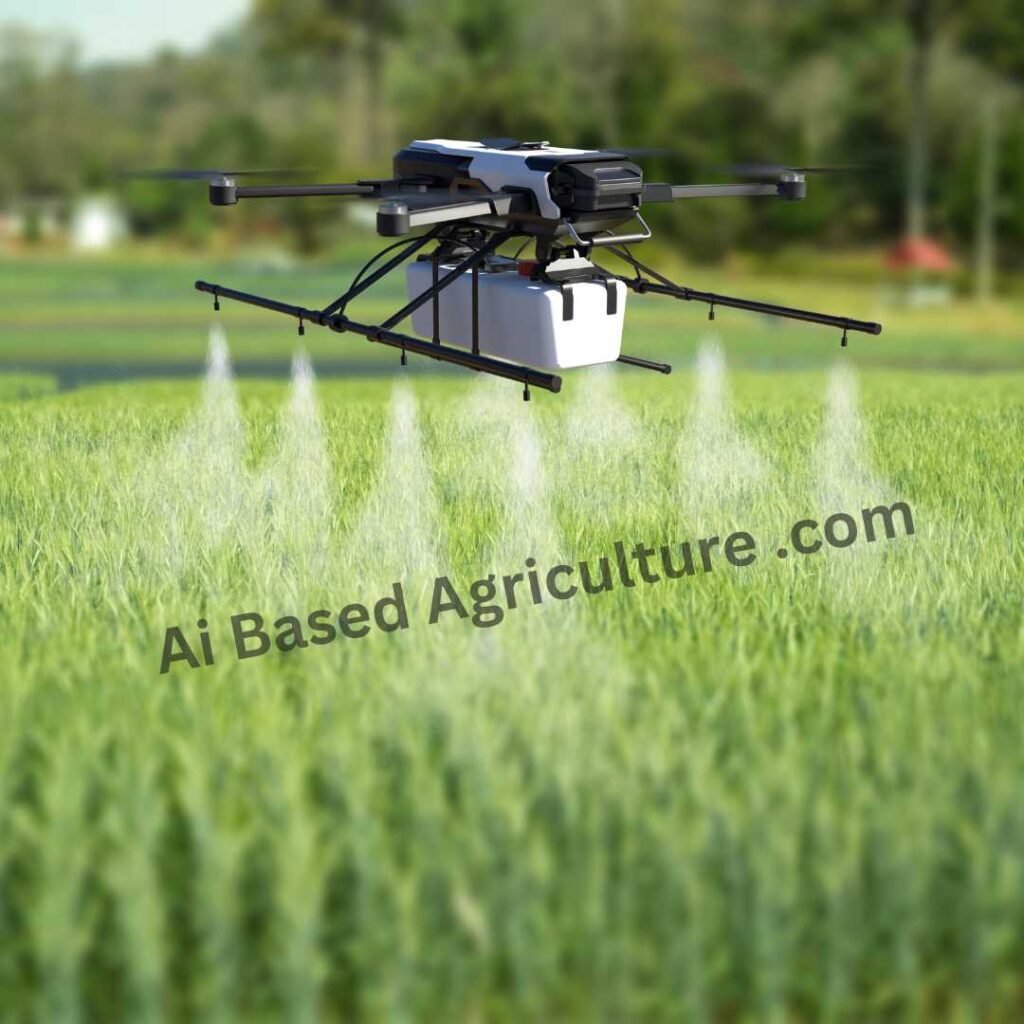
Artificial intelligence (AI) is the process through which humans create intelligent machines. It falls under the broad category of computer science, emphasizing the development of both physical and intangible systems that not only behave intelligently but also exhibit behavior akin to human thinking and behavior, achieving human-like performance in cognitive tasks through logical reasoning. AI finds wide application in horticulture, where it aids in disease detection, yield enhancement, weed control, and nutrient management, thereby optimizing fertilizer usage. Learning from past data and making rapid, efficient decisions are fundamental aspects of AI. Machine learning, a subset of AI, is where tools are developed for these purposes. An AI-based automatic method has been created and developed to determine the maturity of fruits or vegetables, employing algorithms based on computer vision and machine learning, utilizing features akin to those found in the human ear. AI technology effectively addresses issues and provides precise steps to resolve them, adeptly tracking information and offering prompt solutions. The digital transformation of the agriculture and horticulture sectors presents vast potential for both producers and consumers. The advent of digital agriculture, coupled with the industrialization and mechanization of production processes, networking, and data management, heralds the next great revolution in agricultural and farming practices.
How does AI works?

AI in agriculture works by utilizing various technologies such as machine learning, computer vision, and data analytics to improve farming practices, increase efficiency, and optimize yields. Here’s how it generally operates
Data Collection: AI systems gather data from various sources including sensors, satellites, drones, and even smartphones. This data can include information about soil health, weather conditions, crop growth stages, and pest infestations.
Data Analysis: Once the data is collected, AI algorithms analyze it to identify patterns, trends, and anomalies. For example, machine learning algorithms can predict crop yields based on historical data and current environmental conditions.
Decision Making: AI systems make recommendations or decisions based on the analyzed data. These decisions can include when to plant, irrigate, fertilize, or harvest crops, as well as when and where to apply pesticides or herbicides.
Automation: AI-powered machinery and robots can automate various tasks on the farm, such as planting seeds, monitoring crop health, and harvesting crops. For example, autonomous tractors equipped with AI technology can plow fields more efficiently than traditional tractors.
Precision Farming: AI enables precision farming techniques, where farmers can apply inputs such as water, fertilizer, and pesticides with greater precision, minimizing waste and environmental impact. For instance, AI-powered irrigation systems can deliver the right amount of water to each plant based on its individual needs.
Crop Monitoring and Management: AI can monitor crop health using drones equipped with cameras and sensors. By analyzing images of crops, AI can detect diseases, pests, and nutrient deficiencies early, allowing farmers to take timely action to mitigate losses.
Market Analysis: AI can also help farmers make informed decisions about which crops to plant based on market demand, pricing trends, and other factors. By analyzing market data, AI systems can optimize crop selection to maximize profits.